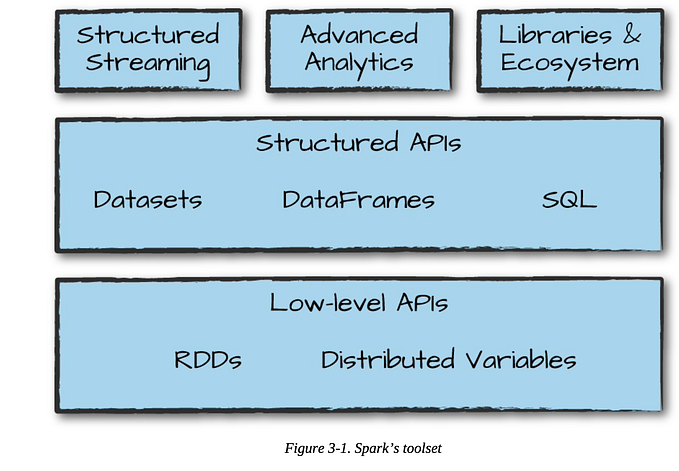Member-only story
How I processed ONE billion rows in PySpark without crashing (and You Can Too!)

Ever tried running a PySpark job on 1 billion rows, only to watch it crash and burn?
Yep, been there. My job kept failing, and I was 🤏 this close to throwing my laptop out the window.
Turns out, the culprits were:
- Memory leaks 🤯
- Slow I/O operations 🐌
- Joins so inefficient they made me question life choices 🤦♂️
But after some trial and error (and a few cups of coffee ☕), I cracked the code!
Here’s how I made PySpark run like a dream:
1. Ditch CSV, embrace Parquet
Using CSV for big data is like driving a bicycle on a highway — slow, painful, and not built for scale.
- CSVs take 5X more space and load at snail speed.
- Parquet? 10X faster reads and way better compression.
- Always enable snappy compression:
df.write.parquet("output_path", compression="snappy")💡 Swapping CSV with Parquet was an instant speed boost!







